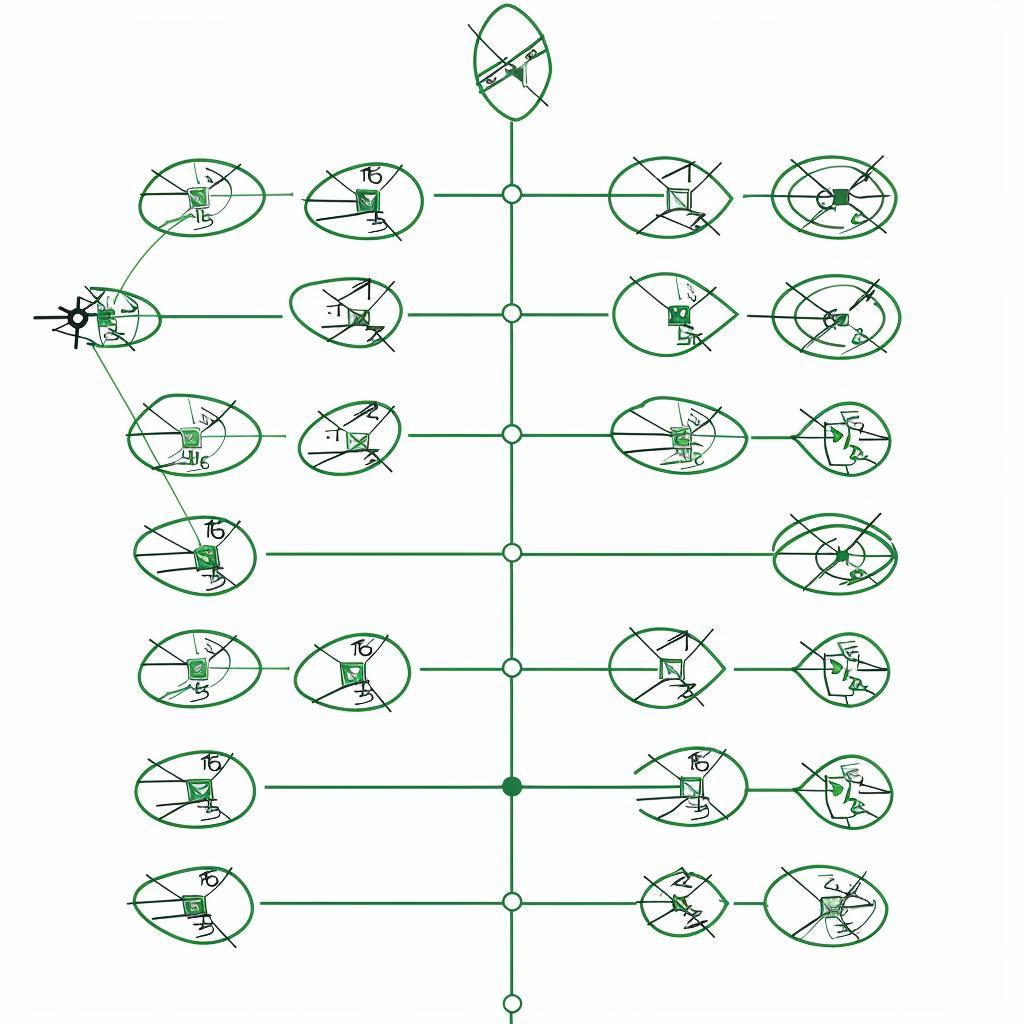Grasping the Essentials of the Football Route Tree
The football route tree visually conveys the different paths receivers may run in a game. This includes classic routes like the slant, post, and curl, each tailored to exploit vulnerabilities in defensive setups. Being familiar with the route tree equips players with an essential grasp of positioning and timing necessary for optimal play execution. This key concept is crucial for achieving success in both standard and flag football.



